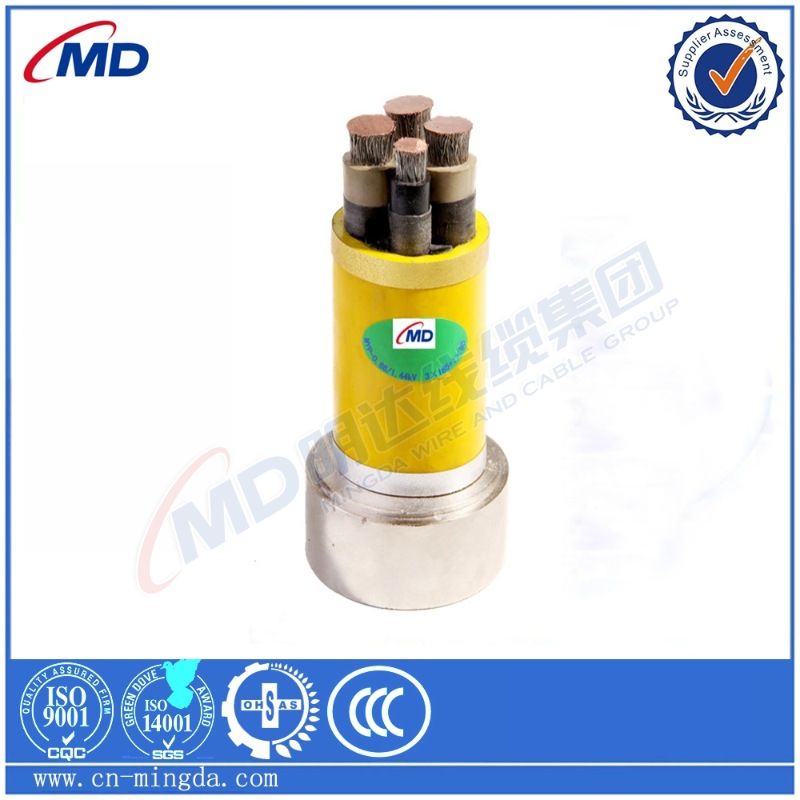Dec . 24, 2024 01:47 Back to list
y strainer filter
The Importance of Y-Strainers in Industrial Filtration
In the world of industrial filtration, maintaining the integrity and efficiency of fluid systems is crucial. One essential component that plays a pivotal role in these systems is the Y-strainer. This type of filter is specifically designed to remove debris and sediment from liquids, thereby protecting downstream equipment and ensuring smooth operation. Understanding the function and benefits of Y-strainers can greatly enhance maintenance practices and operational reliability.
What is a Y-Strainer?
A Y-strainer is a type of line filter that is typically shaped like the letter Y. It consists of a body, a straining element, and a cover. The design allows for easy in-line installation within piping systems. The straining element, often made from stainless steel or other durable materials, captures particles as fluid flows through it. The shape of the strainer allows for effective sedimentation and minimal flow resistance.
Applications of Y-Strainers
Y-strainers are utilized across various industries, including water treatment, oil and gas, chemical processing, and food and beverage manufacturing. In water treatment facilities, for example, Y-strainers help filter out sand, dirt, and other suspended solids, protecting pumps and valves from potential damage. In the oil and gas sector, they play a critical role in safeguarding equipment by preventing clogs that could lead to operational downtime or costly repairs.
Advantages of Using Y-Strainers
y strainer filter

1. Cost-Effectiveness Regular maintenance of an industrial system can be expensive. Y-strainers help prolong the lifespan of machinery by preventing abrasive particles from causing wear and tear. The initial investment in a strainer often pays off through reduced repair costs and enhanced system reliability.
2. Ease of Maintenance Y-strainers are designed for easy cleaning and maintenance. Many models come equipped with blow-off valves that allow for quick removal of accumulated debris. This feature ensures that the systems remain operational with minimal downtime, as maintenance teams can quickly service the strainer without extensive disassembly.
3. Versatility Y-strainers can be found in a variety of sizes and materials, making them suitable for a range of flow rates and fluid types. Whether dealing with corrosive chemicals or high-viscosity substances, there is likely a Y-strainer designed to meet specific operational needs.
4. Flow Efficiency The design of Y-strainers promotes good flow characteristics, reducing pressure loss. This is particularly vital in systems where maintaining pressure is essential for operational efficiency. A well-chosen Y-strainer will not significantly hinder the overall flow rate, thereby ensuring optimal system performance.
Conclusion
In conclusion, Y-strainers are indispensable components in the realm of industrial filtration. They serve a vital function in protecting equipment from damage caused by sediment and debris while simultaneously promoting efficient system operation. The cost savings, ease of maintenance, versatility, and superior flow characteristics make Y-strainers a preferred choice in various industrial applications. As companies continue to prioritize maintenance and efficiency, the role of Y-strainers in safeguarding equipment and ensuring smooth operations will only continue to grow. Investing in high-quality Y-strainers can lead to enhanced performance and reduced operating costs, making it a smart choice for any industrial operation focused on longevity and reliability.
Share
-
Reliable Wafer Type Butterfly Valves for Every IndustryNewsJul.25,2025
-
Reliable Flow Control Begins with the Right Ball Check ValveNewsJul.25,2025
-
Precision Flow Control Starts with Quality ValvesNewsJul.25,2025
-
Industrial Flow Control ReliabilityNewsJul.25,2025
-
Engineered for Efficiency Gate Valves That Power Industrial PerformanceNewsJul.25,2025
-
Empowering Infrastructure Through Quality ManufacturingNewsJul.25,2025